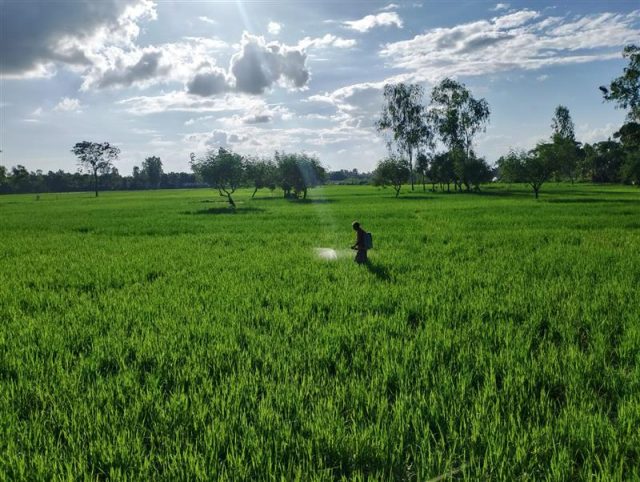CGIAR Research Program on Agriculture for Nutrition and Health
IFPRI
International Food Policy Research Institute (IFPRI)
IFPRI
ifpri
IFPRI@feeds.cgiar.org
India’s district-focused strategy to reduce childhood stunting must also address women’s wellbeing and poverty reduction, finds new study
- From
-
Published on
25.05.18
- Impact Area

- 71% of differences in stunting prevalence between low and high burden districts are explained by a multitude of economic, health, hygiene, and demographic factors
- Differences in women’s low body mass index (19% of the difference), women’s education (12%), children’s adequate diet (9%), assets (7%), open defecation (7%), age at marriage (7%), antenatal care (6%), and household size (5%) explain the difference in stunting between low and high burden districts
- A focus on addressing only health and nutrition services and sanitation will be inadequate to reduce inequalities and close gaps
Photo credit: Melissa Cooperman / IFPRI
Related news
-

Reinventing Kenya’s Snack Future with Dryland Grains
International Crops Research Institute for the Semi-Arid Tropics (ICRISAT)21.11.25-
Nutrition
-
Poverty reduction, livelihoods & jobs
Faces of Impact - Video Feature Story On a quiet backstreet in Mihango, Kenya, the…
Read more -
-

Cultivating climate-smart rice: How specific cultivars and smarter fertilizing can cut emissions and maintain yield
International Rice Research Institute (IRRI)19.11.25-
Climate adaptation & mitigation
-
Food security
By Bushra Humaira Sadaf A team of researchers from the Bangladesh Rice Research Institute (BRRI), I…
Read more -
-

COP30 can enable Greening Plant Nutrition in East and Southern Africa
International Rice Research Institute (IRRI)17.11.25-
Nutrition
Image creditAfrica rice farming by majimazuri21, Pixabay Licence By Jamie Males (republished from …
Read more -
